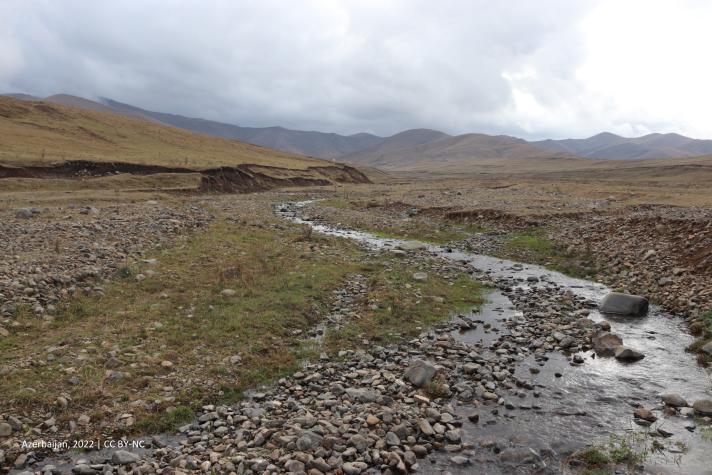The Eastern Partnership (EaP) countries face structural water scarcity, limited data on actual water withdrawals, and increasingly frequent droughts due to climate change.
The challenge is to equip these countries with effective tools and share EU management practices to address these issues. The overall objective is to ensure an equitable distribution of water resources between agriculture, industry, and drinking water needs while protecting aquatic ecosystems.
Innovative approaches
The EU4Environment programme developed a "Guide on Quantitative Water Management Planning at Local Level," tailored for the EaP countries. This guide provides a five-step approach to developing effective water management plans, including calculating environmental flows essential for ecosystem health and determining water balances. Additionally, the plan should allow local water users to agree on thresholds for vigilance and crisis levels to better manage water resources.
Following this methodology, the programme supports a pilot quantitative water management plan (or water allocation plan) for the Kasakh sub-basin in Armenia, the first of its kind in the region. This approach aims to ensure equitable water distribution and highlights the importance of dialogue with local stakeholders.
Moreover, the programme promotes nature-based solutions (NbS) to enhance the landscape's ability to capture and slowly release water, thereby mitigating the effects of droughts. A catalogue of NbS under development was presented at a regional workshop in July 2023. In particular, this catalogue includes effective solutions to address water abstraction or flow diversion in agriculture, significantly increasing the amount of water contained in soils.
Getting smart with water
Alexander Arakelyan, a hydrologist at the Kasakh River Basin said the EU was supporting Armenia's efforts to "better manage and allocate water resources in river basins where water is scarce".
“In the context of the observed and projected impacts of climate change, current water use practices need to be reviewed and better coordinated, using science-based planning tools, reliable data and involving all water users to ensure sustainable water resources management in Armenia," he added.
All of these activities have led to a deeper understanding of planning processes, an increased awareness of nature-based solutions, and a greater acceptance of stakeholder involvement in water management, especially for water quantity.
Armenia’s initiative serves as an inspiring model for other EaP countries facing similar challenges. The programme aims to provide more valuable insights through the soon-to-be-available guidance document in quantitative management planning, which was introduced at a regional workshop on 8 July.
To ensure the sustainability of a quantitative water management plan, continuous monitoring of water resources and stakeholder engagement are key. By fostering a culture of collaboration and data-driven decision-making, such plans aim to remain effective in the long term.
You can find more information here.
Details
- Publication date
- 29 July 2024
- Author
- Directorate-General for Environment


